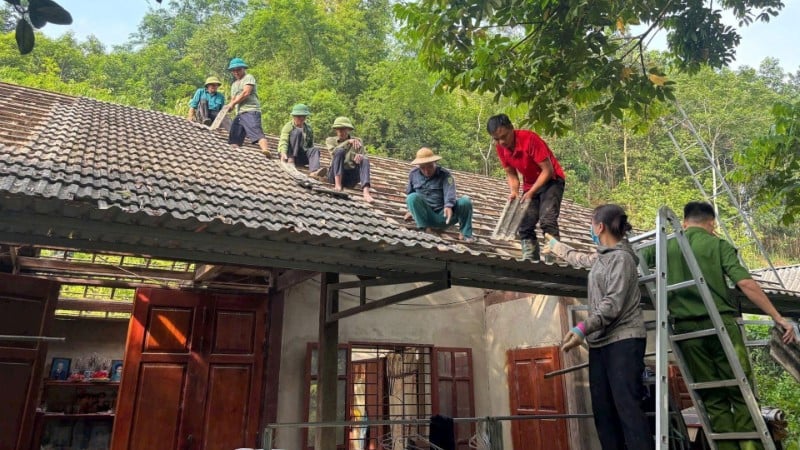
Persistent efforts to innovate leadership methods and breakthrough thinking, documents and resolutions that are not "traditional" or "stereotypical" are clear marks, affirming the Party's intelligence, political mettle and strategic vision in formulating guidelines and policies for leading the State and society.
The Party leads the State and society first and foremost through its platforms, strategies, and policy orientations for national construction and development. Closely following reality, promptly assessing bottlenecks and weaknesses in the process of organizing and implementing resolutions, and accurately and scientifically forecasting changes and development requirements from afar are the first basis for innovating leadership methods, improving the leadership capacity, governing capacity, and fighting strength of grassroots party organizations.
Breakthrough from bottlenecks when building strategies and resolutions
The 6th National Party Congress (December 1986) marked an important turning point and innovation in the Party's leadership in all fields, marking the beginning of a comprehensive national innovation, from innovation in thinking, innovation in cadre organization to innovation in leadership methods and working style. Practice has affirmed that the Party's leadership and activities are the decisive factor in creating the country's outstanding achievements in the innovation process. And in the process of leading the innovation process, the Party has increasingly matured, improving its leadership and governing capacity. The requirements and tasks of innovation in the Party's leadership methods have continued to be mentioned in documents of Party congresses over the past 40 years.
The 6th National Party Congress (December 1986) marked an important turning point and innovation in the Party's leadership in all fields, marking the beginning of a comprehensive national innovation, from innovation in thinking, innovation in cadre organization to innovation in leadership methods and working style.
In Resolution No. 28-NQ/TW dated November 17, 2022 on continuing to innovate the Party's leadership and governance methods over the political system in the new period, the Central Committee frankly stated: A number of major policies and orientations of the Party have not been institutionalized promptly and fully, or have been institutionalized but are not feasible. Slow to overcome the situation of issuing many documents, some of which are general and scattered, slow to supplement, amend, and replace. This is also considered a limitation in implementing the requirement to innovate the Party's leadership methods over the past many years.
With a breakthrough mindset, in the process of completing the draft documents of the 14th Party Congress, at the 12th Conference of the 13th tenure, the Central Committee decided to integrate the contents of 3 documents (including the Political Report, the Socio-Economic Report, and the Summary Report on Party Building) into a Political Report along a consistent, unified, and synchronous axis. This integration ensures inheritance and innovation, and breakthroughs from the main institutional bottleneck, which is the process of building the Party's policies and guidelines, expressed through the form and content of resolutions.
Surveys from local realities in recent years show that there is a situation where resolutions of lower-level Party Committees "imitate" resolutions of higher-level Party Committees, adding local realities, becoming scattered and cumbersome, making the dissemination and implementation more difficult and bland. Draft political reports at Party Congresses at all levels are rarely concise and succinct, most of them are long, mentioning all areas. Therefore, when implementing, it is difficult to determine the program and key tasks that need to focus resources, leading to a situation of scattered, fragmented, stagnant, and ineffective investment.
Talking to us, many cadres and party members noted that not only the integration of the content of the 3 reports, the decision of the Central Committee this time spread the spirit of innovation and breakthrough, breaking away from the "rut" and "stereotype" in the thinking of drafting documents for party congresses at all levels and resolutions of the Party. Mr. Nguyen Trung Thuc, Bac Kan ward, Thai Nguyen province, with 53 years of party membership, shared: "Following many Party congresses, I see that the Central Committee's decision to integrate the content of the 3 reports is effective. The political report is concise and brief, ensuring the comprehensive combination of socio-economic development and Party building contents, we party members can spend more time researching more deeply, contributing more comprehensive and quality opinions".
Party member Phung Duc Kien, 60 years old, Dao Vien ward, Bac Ninh province commented: “With this approach, the contents of the draft document are concise and not duplicated. The political report at the first Congress of the Dao Vien ward Party Committee is also concise, in which the solutions focus on innovating the content and leadership methods, building a clean and strong Party and political system; promoting the strength of the great national unity bloc; high-tech agricultural production associated with building civilized and modern urban areas, accelerating the urbanization process; easy to remember, easy to follow in implementation. This approach should continue to be implemented in the following congresses.”
Policies and resolutions have no distance from life.
With a decisive, close-knit leadership style and persistent efforts to continue innovating leadership methods, over the past year, in parallel with the development of draft documents for the 14th Congress, the Central Committee has thoroughly grasped and implemented the motto of immediately removing bottlenecks and bottlenecks, responding quickly, promptly and effectively to difficult, complicated and unprecedented situations.
The Politburo's prompt issuance of specialized resolutions on science and technology development, innovation and national digital transformation; international integration in the new situation; innovation in law-making and enforcement to meet the requirements of national development in the new era; private economic development; ensuring national energy security; breakthroughs in education and training development; a number of breakthrough solutions to strengthen the protection, care and improvement of people's health, are the basis for moving towards the development goals of the 2025-2030 term, with a vision to 2045, while immediately meeting the demands of life.
There are innovations in the thinking behind drafting and promulgating resolutions.
There are innovations in the thinking of developing and issuing resolutions. The most obvious breakthrough comes from the implementation of plans and projects "in advance, ahead of the curve", to have a foundation and basis for planning goals and solutions in each resolution. Life and policies and resolutions are no longer far apart. The central pillar resolutions are immediately institutionalized and updated in the draft documents of the Party Congresses at all levels for the 2025-2030 term.
The policies of exempting tuition fees for students from kindergarten to high school and investing in the construction of boarding schools for primary and secondary levels in 248 land border communes were approved by the Politburo and implemented right at the time of drafting a thematic resolution on breakthroughs in education and training development... The resolutions, as General Secretary To Lam affirmed, are to quickly shift from "issuing policies" to "executing administration", taking people and businesses as the center, taking practical effectiveness as the measure.
In the process of completing the draft documents of the 14th National Party Congress, the Central Committee regularly updated new policies, and after each update and completion, sent them to grassroots party organizations and party congresses at all levels for comments. The members of the Standing Committee of the Editorial Team, the Document Subcommittee, the Party Charter Subcommittee of the 14th National Party Congress and the Steering Committee summarizing 40 years of innovation worked without days off, with a spirit of urgency, ensuring that the documents were concise, easy to understand, easy to remember, and easy to implement.
At the request of the General Secretary, in order for the resolution to quickly become a daily task, the Central Committee drafted an Action Program along with a draft Political Report. The draft Action Program sets out important, strategic tasks, projects, works, and projects in the 2026-2030 period, assigning specific responsibilities, clearly stating resources, progress, and necessary conditions for implementation, serving as an important basis for all levels and sectors to implement according to their assigned functions, tasks, and powers.
When discussing the draft document, many cadres and party members acknowledged the innovation in the Central Committee's leadership method and were impressed with the draft appendix listing important tasks, projects, and works for the 2026-2030 period, with a vision to 2045, which clearly defined the presiding agency, coordinating agencies and party organizations, time and resources. This list will continue to be updated until the 14th Congress is held. Many tasks are assigned to be implemented immediately and regularly, or completed in the final months of the 13th Congress term.
Talking to us, many cadres and party members at the grassroots level said that this approach will overcome the phenomenon of issuing leadership and directive documents based only on subjective assessments and judgments imposed from the "meeting rooms" of some party committees and organizations, limiting the long-standing situation where resolutions are often stated in generalities, vaguely, without clear responsibilities and resources for implementation.
Party congresses at all levels and the 14th Party Congress have the responsibility to determine the thinking, vision, and strategic decisions for the development of the country and each locality in the new period. Improving the leadership, governing, and fighting capacity of grassroots party organizations means, first of all, improving the quality of draft documents of party congresses at each level, having sufficient political and scientific basis, correctly reflecting the laws of motion of reality, meeting development requirements, and practicing the teachings of President Ho Chi Minh: "Therefore, leadership must be democratic, practical, specific, and comprehensive. We must avoid general, one-sided, and general leadership."
( More )
Source: https://nhandan.vn/bai-2-kien-tri-no-luc-doi-moi-va-tu-duy-but-pha-post912258.html




![[Photo] Binh Trieu 1 Bridge has been completed, raised by 1.1m, and will open to traffic at the end of November.](https://vphoto.vietnam.vn/thumb/1200x675/vietnam/resource/IMAGE/2025/10/2/a6549e2a3b5848a1ba76a1ded6141fae)



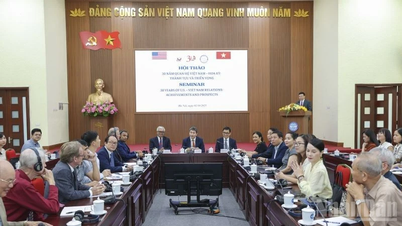
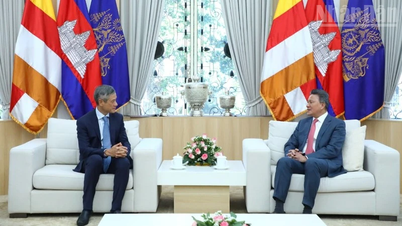
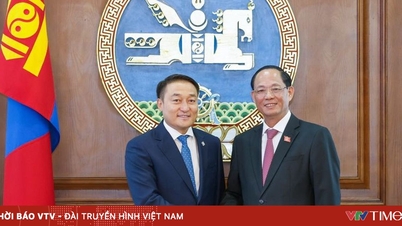

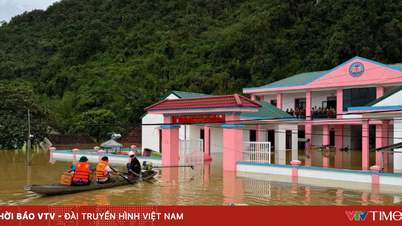
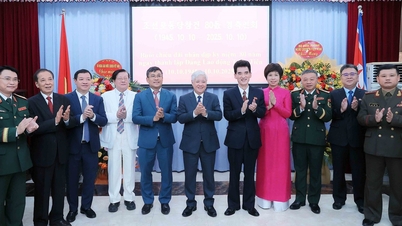

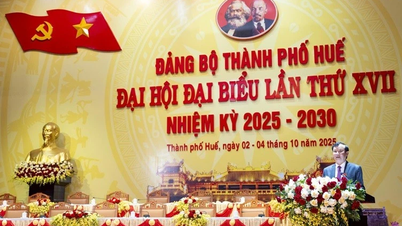





![[Video] Improving the efficiency of state budget management and operation in the last months of the year](https://vphoto.vietnam.vn/thumb/402x226/vietnam/resource/IMAGE/2025/10/2/3e9f9151f35949f5ac5df32d01c56261)
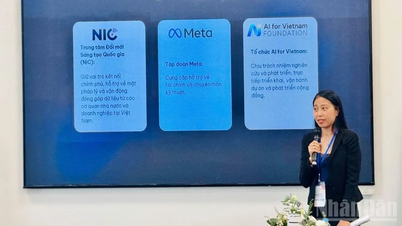
![[Video] Ministry of Health issues document to rectify medical examination and treatment work](https://vphoto.vietnam.vn/thumb/402x226/vietnam/resource/IMAGE/2025/10/2/54913f30a9934e18bcbb246c2c85f11d)
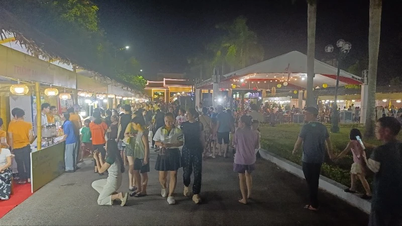
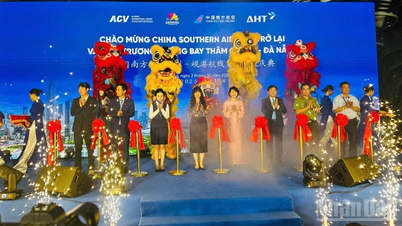



































































Comment (0)